Anhui Feichun Special Cable Co.,Ltd Li.wang@feichuncables.com
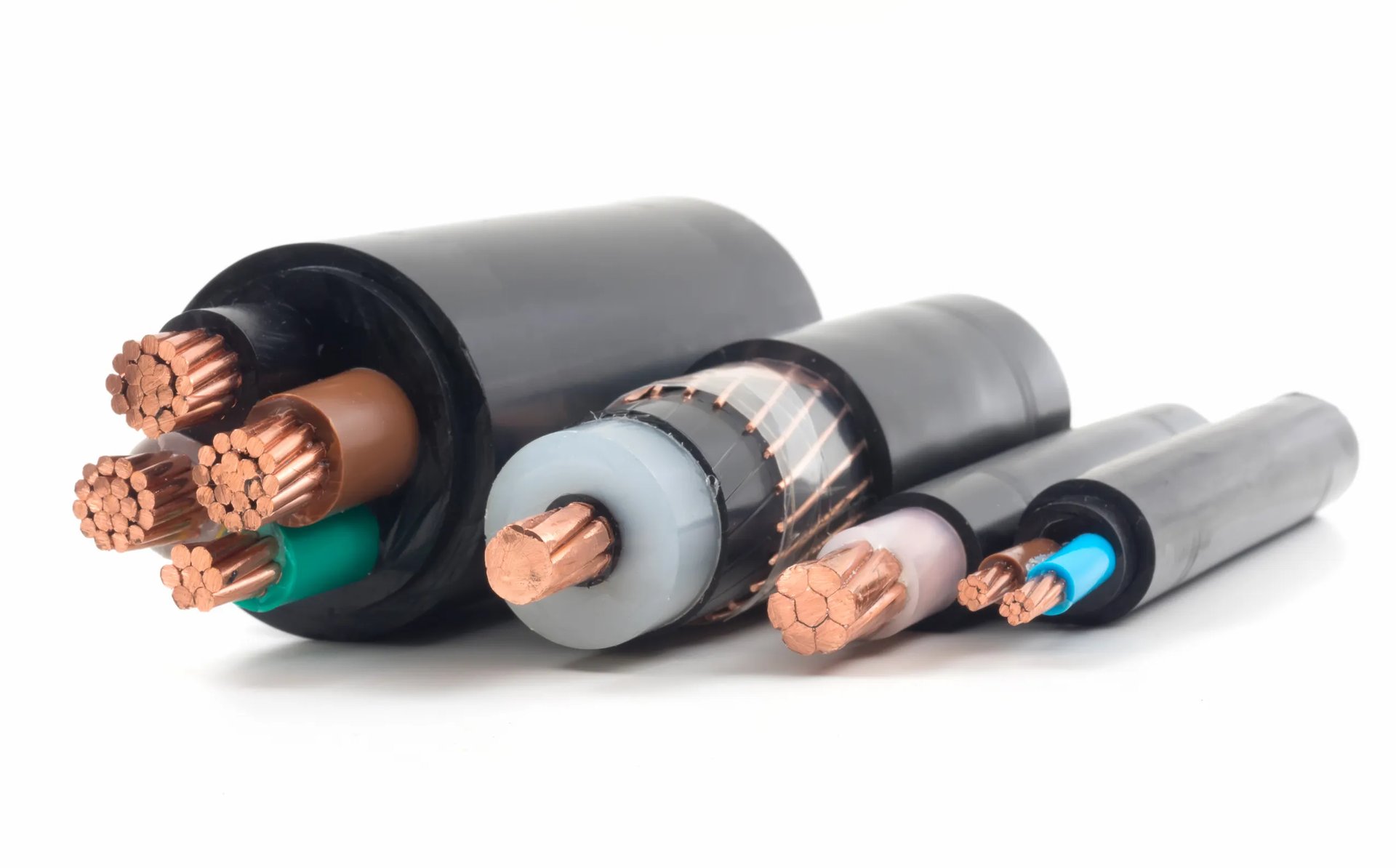
How Type 63 SANS 1520-1 Certified Mining Trailing Cables Are Transforming South African Mining Operations Through Superior Heat Resistance, Durability, and Reliability in Extreme Equatorial Conditions
Discover how Type 63 Mining Trailing Cables certified under SANS 1520-1 standards are revolutionizing South African mining operations with superior heat resistance, EPR insulation, and CR sheathing designed for extreme equatorial conditions. Learn about technical specifications, installation best practices, and real-world applications in underground and surface mining operations.
Li.wang@Feichun Cable
8/18/202511 min read


Deep beneath the Witwatersrand Basin, where temperatures soar above 40°C and humidity creates a punishing environment for both miners and machinery, South Africa's mining industry faces a critical challenge: maintaining reliable electrical power in conditions that would destroy conventional cables within months. As the backbone of Africa's economy, the mining sector cannot afford power failures that halt production, endanger workers, or damage expensive equipment worth millions of rand.
Enter the Type 63 Mining Trailing Cable—a specialized power transmission solution that has emerged as the ultimate lifeline for South Africa's most demanding mining operations. Certified under the rigorous SANS 1520-1 standards and engineered specifically for voltages ranging from 1.9 kV to 3.3 kV, this cable represents a quantum leap in mining power technology, designed to thrive in the harsh equatorial conditions that characterize much of Africa's mineral-rich landscape.
The Engineering Marvel Behind Mining Power Solutions
The Type 63 Mining Trailing Cable isn't just another electrical cable—it's a meticulously engineered power transmission system designed to overcome the unique challenges faced by African mining operations. At its core lies a sophisticated construction that combines advanced materials science with decades of mining industry expertise.
Conductor Excellence: The Foundation of Reliable Power
The cable's heart consists of Class 5 flexible stranded tinned annealed copper conductors, representing the gold standard in mining power transmission. These conductors offer superior flexibility compared to solid copper alternatives, crucial for mining applications where cables must navigate tight corners, be coiled on reels, and withstand constant movement as mobile equipment operates throughout mine sites.
The tinning process—coating copper strands with a thin layer of tin—provides exceptional protection against corrosion in high-humidity environments typical of South African mines. This seemingly simple addition extends cable life significantly, reducing the total cost of ownership for mining operators who previously faced frequent cable replacements in tropical conditions.
Revolutionary Insulation Technology
Perhaps the most critical component of the Type 63 cable is its Ethylene Propylene Rubber (EPR) insulation system. EPR represents a breakthrough in mining cable technology, specifically formulated to withstand the extreme thermal cycling that occurs in deep mining operations. Unlike traditional PVC insulation that becomes brittle in high temperatures or soft in extreme heat, EPR maintains its electrical properties across a wide temperature range.
This insulation technology proves particularly valuable in South African gold mines, where geothermal gradients can push ambient temperatures to 55°C or higher at depths exceeding 3,000 meters. The EPR insulation ensures consistent electrical performance while providing superior dielectric strength, preventing dangerous electrical failures that could result in fires or electrocution hazards.
Multi-Layer Protection System
The Type 63 cable employs a sophisticated multi-layer protection strategy that sets it apart from conventional industrial cables. The inner Polychloroprene Rubber (CR) sheath provides the first line of defense against moisture ingress, chemical exposure, and mechanical stress. This synthetic rubber compound offers excellent resistance to oils, acids, and alkaline substances commonly encountered in mining environments.
Surrounding the inner sheath, an open nylon reinforcement braid with a minimum of 16 strings provides crucial tensile strength. This reinforcement allows the cable to withstand the significant mechanical stresses imposed by mining operations, including being dragged across rough surfaces, suspended from overhead supports, and coiled under tension on cable reels.
The outer CR sheath completes the protection system, offering final defense against abrasion, impact damage, and environmental degradation. This dual-sheath approach ensures that even if the outer layer suffers damage, the cable's integrity remains intact, preventing catastrophic power failures that could shut down entire mining sections.
Specialized Screening and Control Systems
A unique feature of the Type 63 cable is its sophisticated screening system. Three tinned copper and nylon braid screened power cores are laid up in a right-hand configuration around a rubber (RD1) filler center, with an additional unscreened pilot core for monitoring and control functions. This arrangement provides several critical advantages:
The screening system offers excellent electromagnetic interference (EMI) protection, crucial in modern mines where sensitive electronic equipment operates alongside high-power machinery. The pilot core enables real-time monitoring of cable condition and provides control signals for automated mining equipment, supporting the industry's move toward increased automation and remote operation.
Technical Specifications: Built for African Conditions
The Type 63 Mining Trailing Cable operates at voltage ratings of 1.9/3.3 kV, positioning it perfectly for medium-voltage applications that dominate modern mining operations. This voltage range offers optimal balance between power transmission efficiency and safety considerations, making it ideal for powering heavy machinery, lighting systems, ventilation equipment, and mobile apparatus throughout mine sites.
When compared to its higher-voltage sibling, the Type 66 cable (rated for 3.8/6.6 kV), the Type 63 offers several advantages for specific applications. The lower voltage rating makes it safer for portable equipment operations and reduces insulation requirements, allowing for more flexible cable construction. This flexibility proves invaluable in confined mining spaces where cable routing must navigate around existing infrastructure and geological obstacles.
The cable's overall construction reflects careful consideration of African mining conditions. The right-hand lay configuration ensures optimal flexibility while maintaining structural integrity under tension. The rubber filler center provides cushioning against impact damage while maintaining the cable's round cross-section, essential for proper winding on cable reels and feeding through cable guides.
Standards Compliance: The Foundation of Safety
The Type 63 Mining Trailing Cable's certification under SANS 1520-1 represents more than regulatory compliance—it demonstrates adherence to safety standards specifically developed for South African mining conditions. The South African National Standards organization developed these specifications after extensive consultation with mining operators, safety experts, and cable manufacturers, resulting in requirements that address the unique challenges of African mining environments.
SANS 1520-1 certification requires rigorous testing protocols that simulate the harsh conditions encountered in South African mines. These tests include thermal cycling to verify performance across the wide temperature ranges found from surface operations to deep underground workings, humidity testing that replicates the moisture conditions of tropical mining regions, and mechanical testing that ensures cables can withstand the physical stresses of mining operations.
Complementary standards further enhance the cable's versatility. SANS 1520-2 ensures compatibility with mining machinery and portable apparatus, while SANS 1411-1 and SANS 1411-3 provide additional guidelines for general electrical cables and rubber-insulated cables respectively. This comprehensive standards framework ensures that Type 63 cables integrate seamlessly with existing mine infrastructure while meeting international safety requirements.
Real-World Applications: From Surface to Underground
Underground Mining Operations
In the depths of South African gold and platinum mines, Type 63 cables serve as the electrical nervous system that keeps operations running. These cables power essential equipment including:
Load-Haul-Dump (LHD) machines: Mobile equipment that requires flexible power connections as they navigate underground tunnels
Continuous miners: Large cutting machines that extract ore while advancing through rock faces
Ventilation systems: Critical safety equipment that maintains air quality in confined underground spaces
Lighting systems: Essential illumination for worker safety and operational efficiency
Pumping stations: Equipment that manages water ingress, a constant challenge in deep mining operations
The cable's flexibility proves particularly valuable in underground applications where routing often requires navigation around existing infrastructure, geological formations, and safety barriers. The robust construction withstands the constant movement and repositioning required as mining faces advance deeper into ore bodies.
Surface Mining Applications
Open-pit mining operations across South Africa benefit from the Type 63 cable's ability to transmit power over extended distances while withstanding harsh surface conditions. Applications include:
Draglines and power shovels: Massive earthmoving equipment that requires high-power connections
Conveyor systems: Long-distance material transport systems that need reliable power distribution
Crushing and processing plants: Stationary equipment requiring consistent power for ore processing
Mobile drilling rigs: Equipment that moves frequently across mining sites while maintaining power connections
The cable's resistance to UV degradation, temperature extremes, and dust ingress makes it ideal for surface operations where equipment operates under direct sunlight and varying weather conditions throughout the year.
Case Study: Transforming Operations at a Major Platinum Mine
A leading platinum mining operation in the Bushveld Complex recently completed a comprehensive cable infrastructure upgrade that demonstrates the real-world benefits of Type 63 technology. The mine, operating at depths exceeding 1,000 meters with ambient temperatures reaching 45°C, had experienced frequent power failures with their previous cable installation.
Prior to the upgrade, the mine averaged 12 cable-related power outages per month, each resulting in production losses averaging R2.3 million per incident. The combination of high temperatures, mechanical stress from mobile equipment, and moisture from underground water sources had reduced their previous cables' service life to less than 18 months.
After installing Type 63 Mining Trailing Cables throughout their mobile equipment fleet and critical power distribution points, the operation achieved remarkable improvements:
Power outages reduced by 87%: Only 1.5 cable-related outages per month on average
Extended service life: Cables now averaging 4.2 years of service life
Reduced maintenance costs: 65% reduction in cable replacement and maintenance expenses
Improved safety: Zero electrical incidents related to cable failure since installation
Enhanced productivity: 23% increase in equipment availability due to reduced downtime
The mine's electrical engineer noted, "The Type 63 cables have transformed our operations. We've gone from constantly fighting cable failures to focusing on production optimization. The investment in quality cables has paid for itself multiple times over."
Installation Best Practices for Optimal Performance
Proper installation techniques are crucial for maximizing the performance and service life of Type 63 Mining Trailing Cables. Mining operators should follow these essential guidelines:
Handling and Storage
Before installation, cables must be stored in cool, dry conditions to prevent degradation of rubber components. Temperature-controlled storage facilities are recommended, particularly in hot climates where ambient temperatures regularly exceed 35°C. Cables should be kept on original reels or properly supported to prevent kinking or permanent deformation.
During transportation and handling, avoid dragging cables across sharp edges or abrasive surfaces. Use proper lifting equipment and techniques to prevent excessive stress on cable construction. The flexible nature of Type 63 cables makes them easier to handle than rigid alternatives, but proper care remains essential.
Routing and Support
Careful attention to cable routing prevents premature failure and ensures optimal performance. Install cables with gradual bends that exceed minimum bend radius specifications—typically 12 times the cable diameter for Type 63 constructions. Avoid sharp corners, edges, and obstacles that could damage the outer sheath during normal operations.
Provide adequate support at regular intervals using appropriate cable clamps or hangers. Support spacing should consider cable weight, span length, and expected mechanical stresses. In underground applications, ensure supports can accommodate cable movement as mobile equipment operates throughout the area.
Environmental Considerations
In high-humidity environments typical of South African mines, ensure proper sealing at cable terminations to prevent moisture ingress. Use appropriate cable glands, sealing compounds, and weatherproofing techniques to maintain the integrity of the cable system.
Consider ventilation around cable installations to prevent heat buildup that could accelerate aging of rubber components. While Type 63 cables are designed for high-temperature operation, maintaining moderate operating temperatures extends service life and reduces maintenance requirements.
Maintenance Strategies for Long-Term Reliability
Proactive maintenance programs are essential for maximizing the service life and reliability of mining cable installations. Effective maintenance strategies should include:
Regular Inspection Protocols
Implement monthly visual inspections of all accessible cable sections, focusing on areas subject to mechanical stress, heat exposure, or chemical contact. Document any signs of outer sheath damage, unusual flexibility changes, or contamination that could indicate developing problems.
Pay particular attention to cable entry points into equipment, support locations, and areas where cables cross walkways or equipment paths. These locations typically experience higher stress levels and are more susceptible to damage from normal mining activities.
Electrical Testing Programs
Conduct quarterly electrical testing to verify insulation integrity and conductor continuity. Use appropriate megohm testing equipment to check insulation resistance between conductors and from conductors to ground. Maintain testing records to identify trends that might indicate developing insulation problems.
Test pilot core continuity and screen integrity to ensure monitoring and safety systems function properly. These auxiliary circuits are critical for modern mining operations that rely on automated monitoring and control systems.
Environmental Monitoring
Monitor environmental conditions around cable installations, including temperature, humidity, and chemical exposure levels. Identify areas where conditions exceed design parameters and implement corrective measures such as improved ventilation, drainage, or chemical-resistant barriers.
Document environmental conditions over time to establish patterns that might affect cable performance and inform future installation decisions.
Economic Benefits: The Total Cost of Ownership Advantage
While Type 63 Mining Trailing Cables may represent a higher initial investment compared to standard industrial cables, the total cost of ownership typically favors the specialized mining cable solution. Economic benefits include:
Reduced Downtime Costs
Mining operations lose substantial revenue during power outages, often exceeding R1 million per hour for large operations. The superior reliability of Type 63 cables dramatically reduces unplanned downtime, providing immediate economic benefits that often exceed the cable investment within the first year of operation.
Extended Service Life
The robust construction and specialized materials in Type 63 cables typically provide 3-4 times the service life of conventional cables in mining applications. This extended life reduces replacement frequency, minimizing both material costs and installation labor expenses.
Lower Maintenance Requirements
The durable construction of Type 63 cables reduces routine maintenance requirements, freeing maintenance personnel for other critical tasks. Reduced maintenance also minimizes safety risks associated with working on energized systems in hazardous mining environments.
Improved Safety Performance
The enhanced safety performance of SANS 1520-1 certified cables reduces the risk of electrical incidents that could result in worker injuries, equipment damage, and regulatory penalties. The cost of preventing a single serious electrical incident often justifies the investment in premium cable technology.
Looking Toward the Future: Trends in Mining Power Infrastructure
The mining industry continues evolving toward increased automation, remote operation, and sustainability initiatives. These trends are driving new requirements for power infrastructure that will influence future cable technology development:
Automation and Remote Operation
Modern mining operations increasingly rely on automated equipment and remote control systems that require reliable communication and control circuits. The pilot cores in Type 63 cables support these applications, but future developments may require additional communication capabilities integrated into power cables.
Sustainability Initiatives
Mining companies are implementing sustainability programs that include reducing environmental impact and improving energy efficiency. Cable technology plays a role in these initiatives through improved conductor efficiency, longer service life that reduces waste, and manufacturing processes that minimize environmental impact.
Digitalization and Monitoring
The integration of digital monitoring systems into mining operations creates opportunities for smart cable systems that provide real-time performance data. Future cable technologies may incorporate sensors and communication capabilities that enable predictive maintenance and optimize power system performance.
Conclusion: Powering Africa's Mining Future
The Type 63 Mining Trailing Cable represents more than just an electrical component—it embodies the engineering innovation and specialized expertise required to support Africa's critical mining industry. As South African mines face increasing challenges from deeper operations, more extreme conditions, and heightened safety requirements, the importance of reliable power infrastructure cannot be overstated.
The comprehensive benefits of Type 63 technology—from its specialized EPR insulation and CR sheathing systems to its SANS 1520-1 certification and proven performance in extreme conditions—make it an essential component of modern mining operations. The real-world results demonstrated by mining operators across South Africa confirm that investing in premium cable technology delivers tangible benefits in safety, productivity, and profitability.
As Africa's mining industry continues its vital role in global mineral supply and economic development, the infrastructure that supports these operations must meet the highest standards of performance and reliability. The Type 63 Mining Trailing Cable provides that foundation, ensuring that the lights stay on, the equipment keeps running, and the valuable minerals that power our modern world continue flowing from Africa's rich deposits to markets around the globe.
For mining operators seeking to optimize their electrical infrastructure, reduce operational risks, and improve long-term profitability, the choice is clear: invest in the proven performance and specialized capabilities of Type 63 Mining Trailing Cables. In an industry where reliability isn't just important—it's essential for survival—this cable technology provides the competitive advantage that separates successful operations from those struggling with constant infrastructure challenges.
The future of South African mining depends on infrastructure that can withstand the test of time, extreme conditions, and ever-increasing operational demands. Type 63 Mining Trailing Cables are not just meeting these challenges—they're helping define the new standard for what mining power infrastructure can achieve.
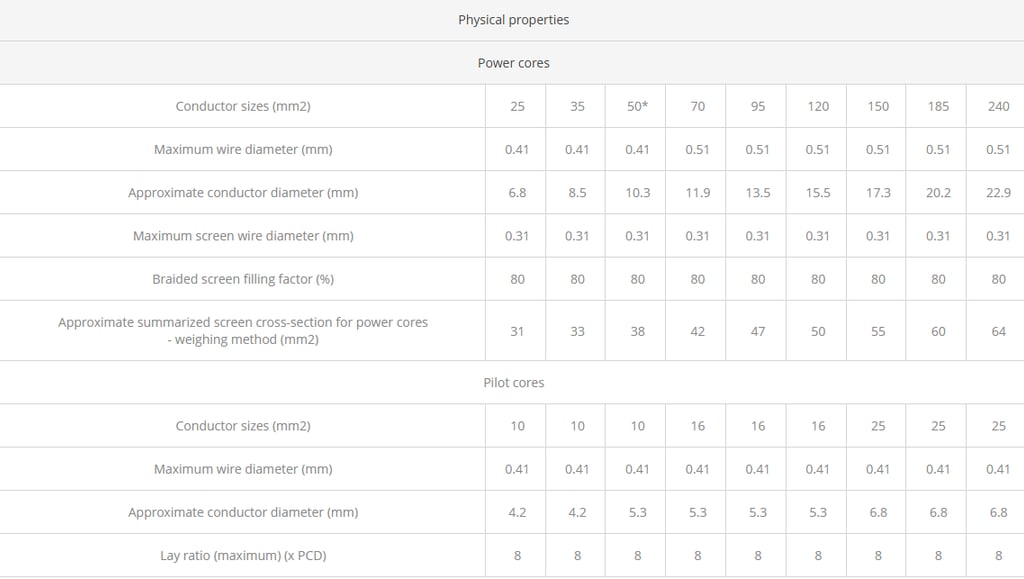


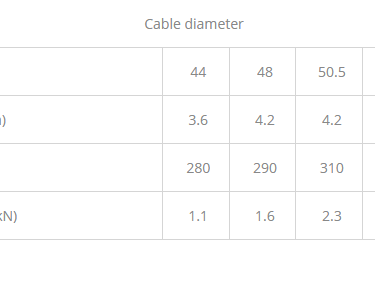
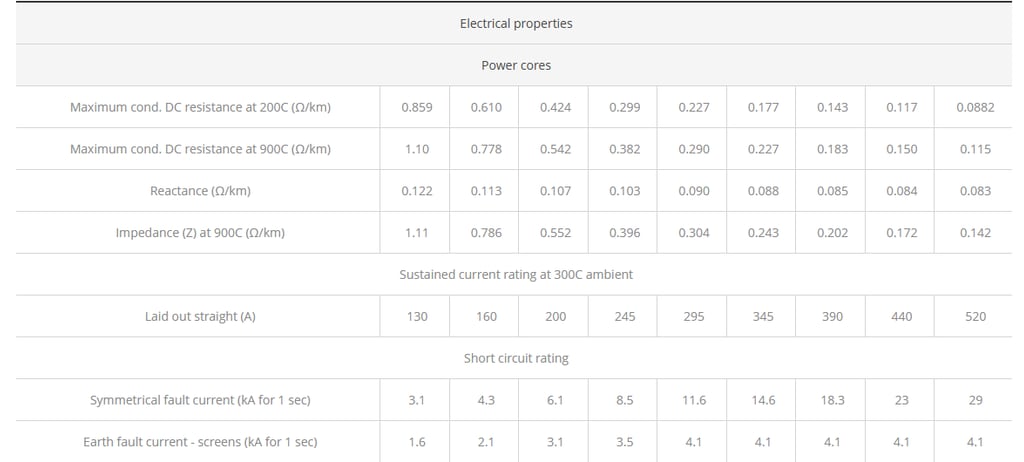

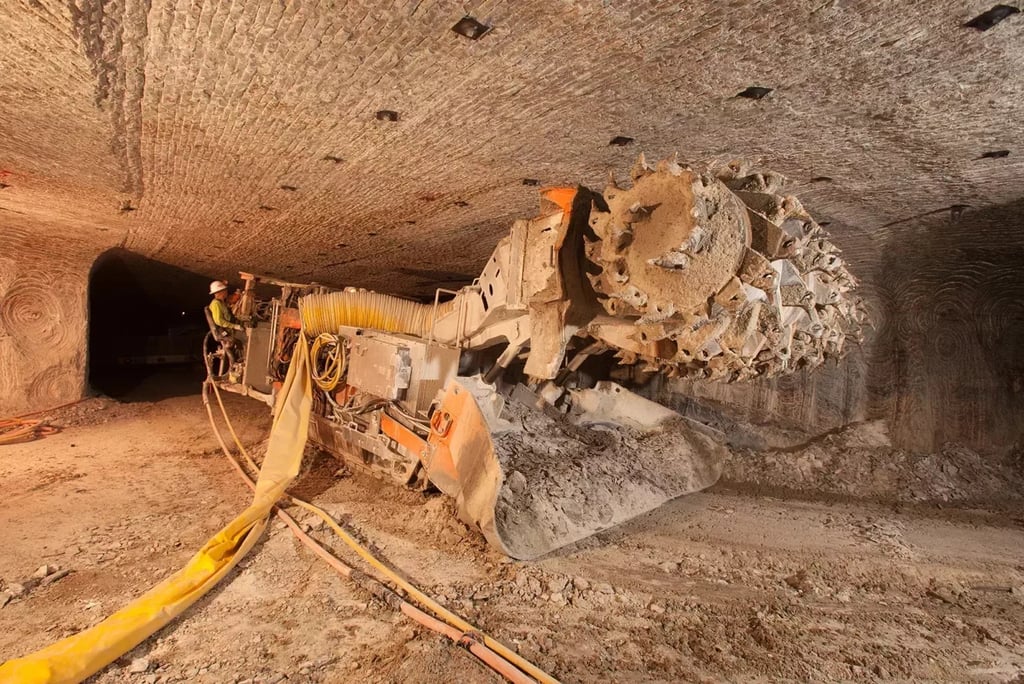

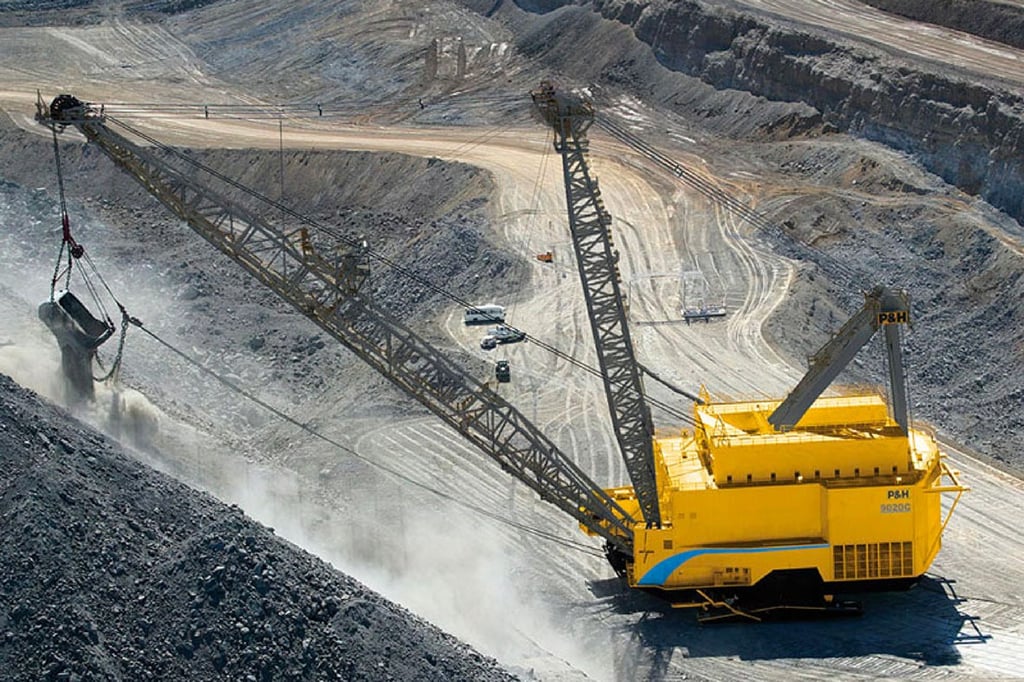

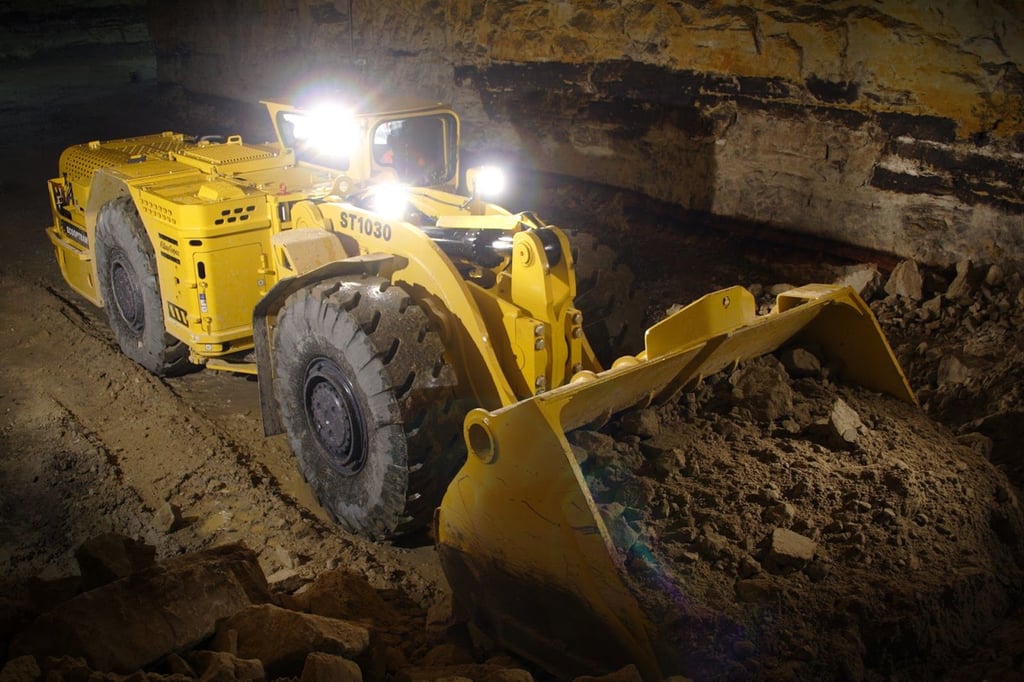

Ms. Li Wang holds a Bachelor’s degree in Electrical Engineering and is a Senior Electrical Engineer and Cable Installation Technical Consultant with over fifteen years of practical experience in cable systems. She has held positions at multiple mining companies in Australia and Indonesia, where she was deeply engaged in the initial design, installation, and on-site maintenance of high-voltage cable systems in industrial environments. With a strong theoretical foundation and extensive hands-on engineering experience, Ms. Wang excels in developing solutions for complex electrical systems and providing on-site technical guidance. She is dedicated to advancing safe, efficient, and reliable standards for cable applications.
Li Wang
About the Author
Senior Electrical Engineer/15+ Years experience in Mining Industries

Email Address: Li.wang@feichuncables.com
© 2025. All rights reserved.


One-click to Quickly Contact
Products
Offshore & Marine Cable
XLPE Cable
Contact
Company
Location:
Building A Private Science and Technology Park, Hefei Economic and Technological Development Zone, Anhui Province, China
